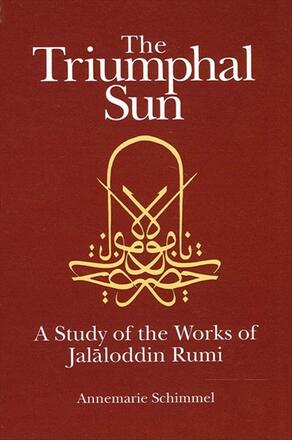
The Triumphal Sun
A Study of the Works of Jalāloddin Rumi
Alternative formats available from:
Description
This is a book on Rumi's life, his poetry, his thought, and his influence. Rumi's work forms one of the pillars of the Sufi orders, particularly the Mevlevi order, better known in the West as the Whirling Dervishes. In this book Rumi emerges not only as a spiritual master, but also as a fully human being grounded firmly in the Koran and in classical Islamic mysticism.
The light of the Divine Sun, in its Beauty and Majesty, manifested itself for Rumi through the person of Shams of Tabriz. Transformed by this light, consumed by this fire, Mowlana Rumi saw the world in a new light. Everywhere he perceived God's Grandeur and his Grace.
The book also discusses the theological premises upon which Rumi's work rests, his attitude to the problems of free will and predestination, and his analysis of the mystical stages and stations. The book not only gives a very rich analysis of Rumi's language and poetical art, but also a picture of medieval Konya, whose features the mystical poet transforms and transfigures.
Annemarie Schimmel is Professor in the Department of Near Eastern Languages at Harvard University. She is the author of several books including Islam: An Introduction, also published by SUNY Press, and the editor of the SUNY Press series, Muslim Spirituality in South Asia.